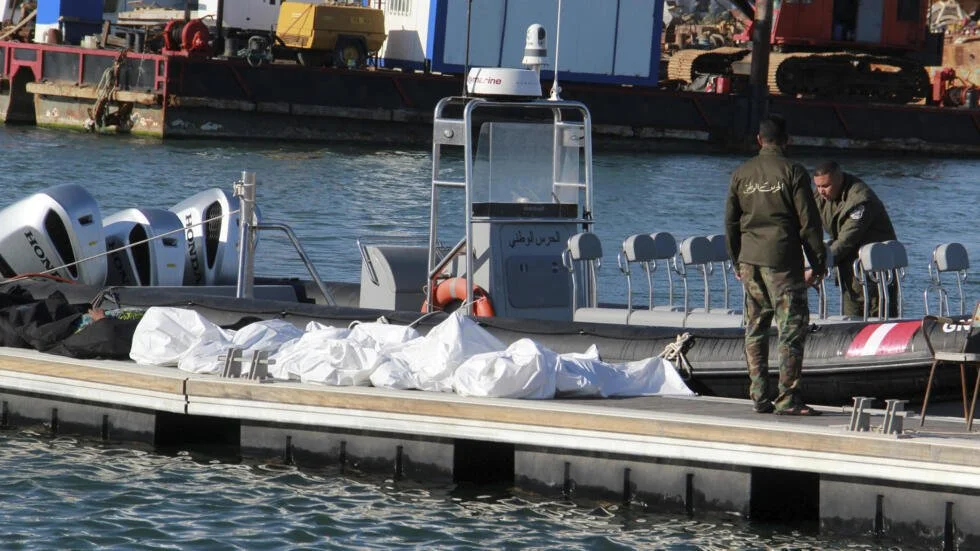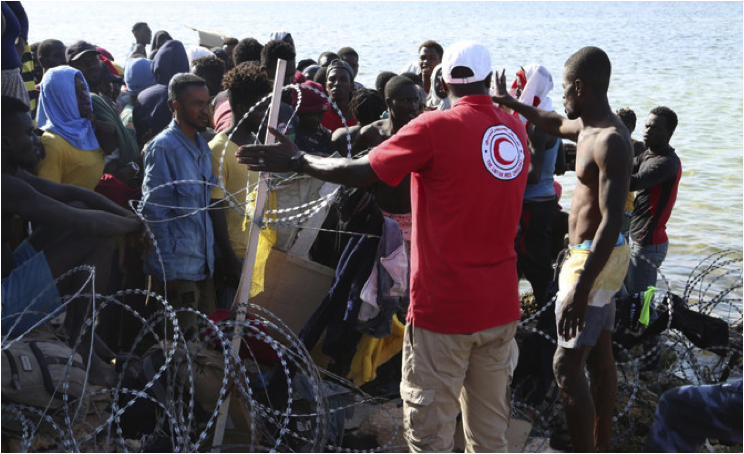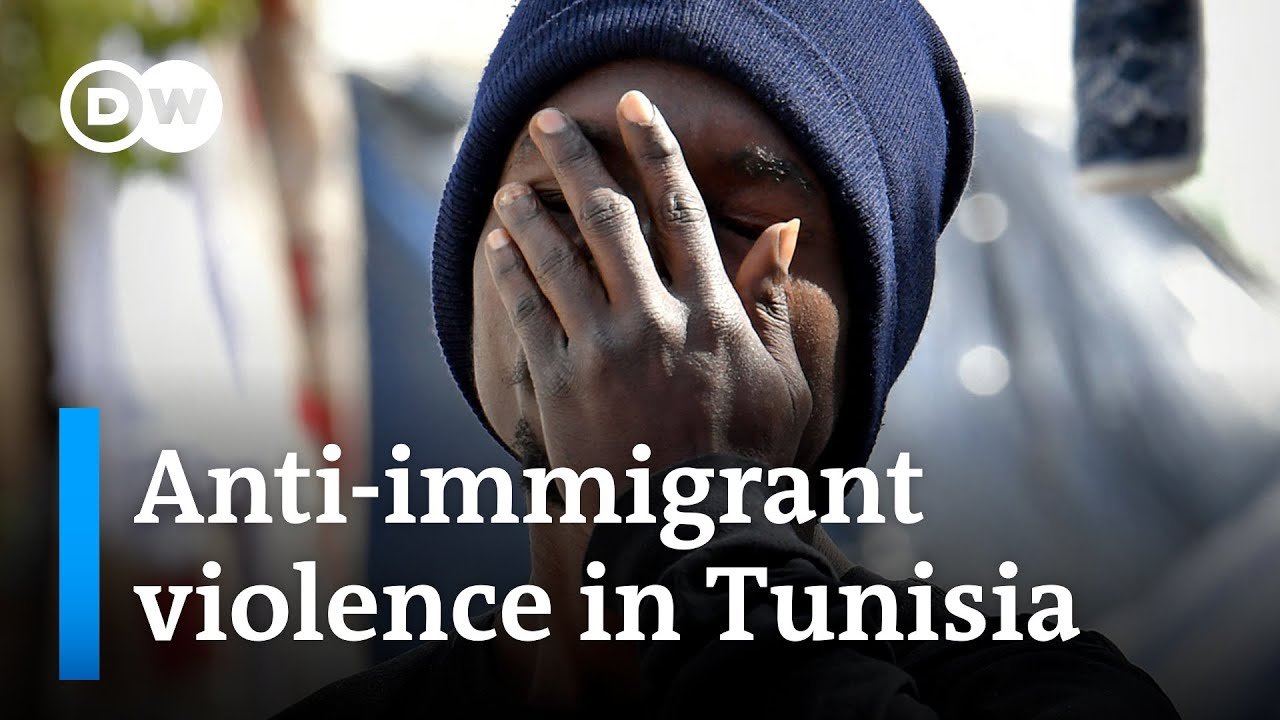The Central Mediterranean route connects Libya and Tunisia with Italy and Malta. It has long been the deadliest and most perilous path in the world. According to the International Organization for Migration’s (IOM)’s Missing Migrants Project, the number of migrant deaths and disappearances across the Mediterranean surged from 2,048 in 2021 to 2,411 in 2022 reaching 3,041 by the end of 2023. The region…
Read MoreTraditionally a country of emigration, Tunisia has gradually become a country of transit of Sub-Saharan migrants towards the “European El Dorado”. Before reaching Tunisia, they cross Libya and Algeria, two countries opening on the Sahel countries such Mali, Niger, Chad and Sudan. Other factors make Tunisia a destination country thanks to the agreements abolishing visas for Nationals of many Sub-Saharan countries (article 7 of law n. 68-7 in March 1968 relative to the condition of foreigners in Tunisia). Finally, it is a preferred…
Read More“It’s like a scary movie.” That’s how Pierre Sanga from Cameroon describes his experience in Tunisia amidst an upsurge in anti-migrant sentiment. Mr. Sanga’s predicament was highlighted in a recent television report by DW…
Read MoreGAPs had its official kick-off meeting on 8-9 March 2023 with a public panel event on 10 March 2023, the agenda of which can be viewed here. The majority of the team members, members of our advisory board and our ethics…
Read MoreGAPs is a new Horizon Europe project, awarded a grant from the EC to conduct a comprehensive multidisciplinary study on the drivers of return policies and barriers and enablers in international cooperation on returns.
Read MoreThe goal of this blog is to share information about research on migration governance conducted as part of GAPS, GAPs: Decentring the Study of Migrant Returns and Readmission Policies in Europe and Beyond,…
Read More





